A new study has shown “Jurassic Park” couldn’t happen in real life, because fossilized DNA can’t survive for more than about 6.8 million years.
Currently, the oldest known preserved DNA is about 450,000 to 800,000 years old. In Steven Spielberg’s movie, the DNA used to clone dinosaurs was 80 million years old.
An international research team looked at 158 fossilized bones from moas—now extinct giant birds from New Zealand—between 600 and 8,000 years old.
The researchers found that the decay rate of DNA was much slower than expected, but still not slow enough to preserve dinosaur DNA until today.
“It has been agonizingly difficult to estimate the rate of DNA decay before now because finding a large set of DNA-containing fossils with which to make meaningful comparisons are exceedingly rare,” said study co-author Mike Bunce at Australia’s Murdoch University in a press release.
Previously, scientists could only guess at the decay rate by studying lab simulations or old DNA that might have been affected by unpredictable factors, like temperature which can change the decay rate, so DNA from different fossils degrades at different rates.
“The moa bones however have allowed us to study the comparative DNA degradation because they come from different ages from a region where they have all experienced the same environmental conditions,” said Bunce.
The team found that the DNA in the moa bones had a half-life of 521 years. This means that after 521 years, half the DNA bonds would be gone, and after another 521 years half of that remaining half would be gone, continuing until all the bonds were destroyed.
Under ideal preservation conditions, the scientists estimated this would take about 6.8 million years.
“If the decay rate is accurate then we predict that DNA fragments of sufficient length will preserve in frozen fossil bone of around one million years in age,” said Bunce.
The scientists said that further research is needed as the fossils’ age only accounted for about one-third of the variation in DNA preservation.
“Ultimately, the models might enable better estimates of which fossils might work and prevent the destructive sampling of rare fossils which are thought unlikely to yield DNA,” Bunce concluded.
The study was published in Proceedings of the Royal Society B on Oct. 10.
The Epoch Times publishes in 35 countries and in 19 languages. Subscribe to our e-newsletter.
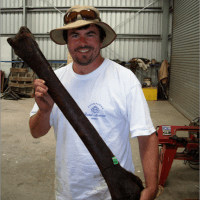
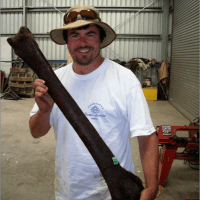

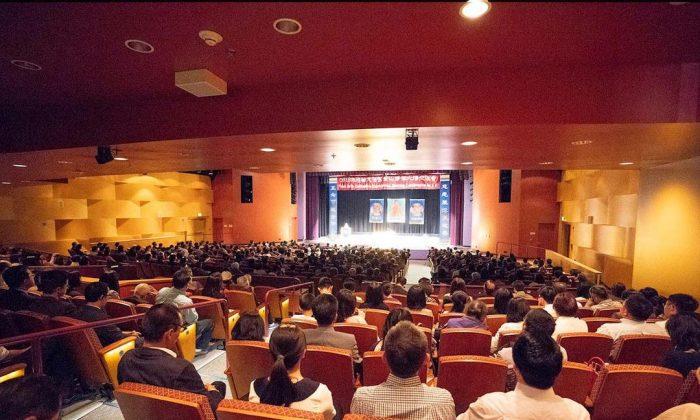
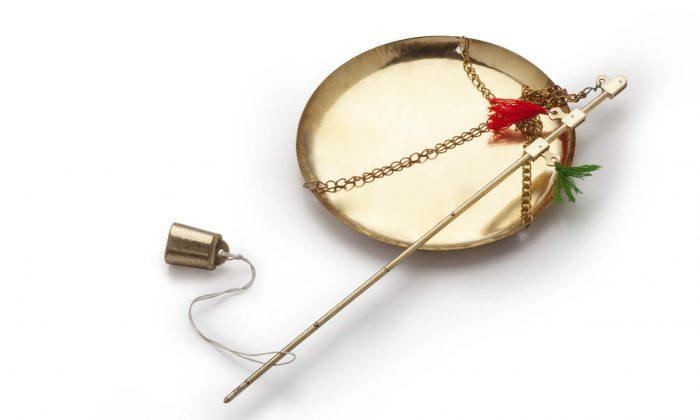
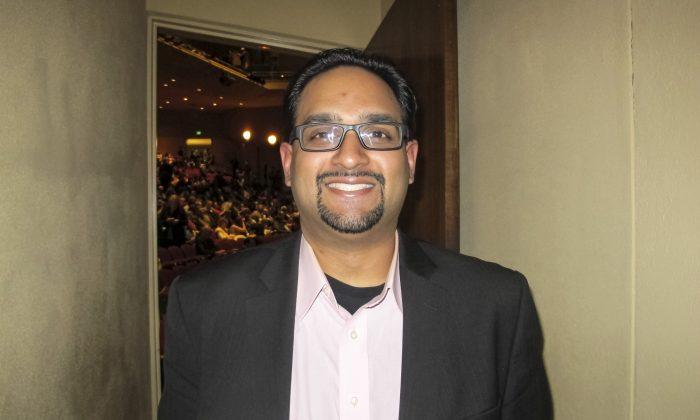
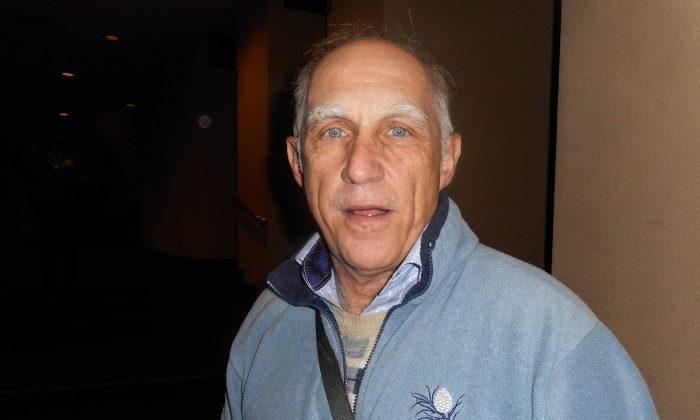
Friends Read Free